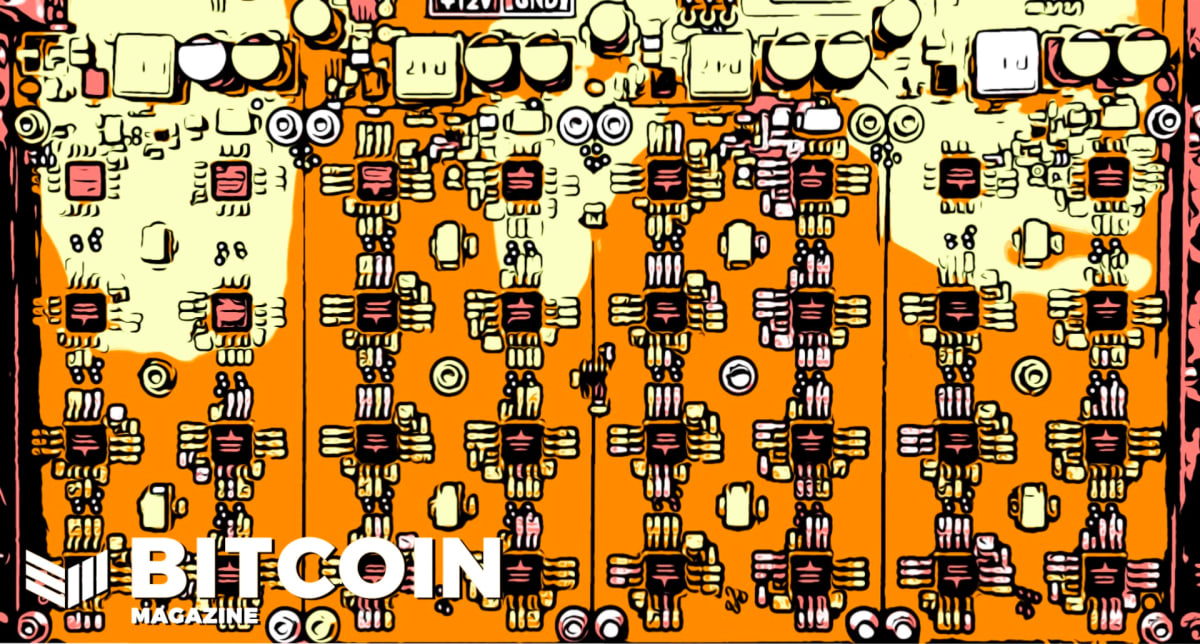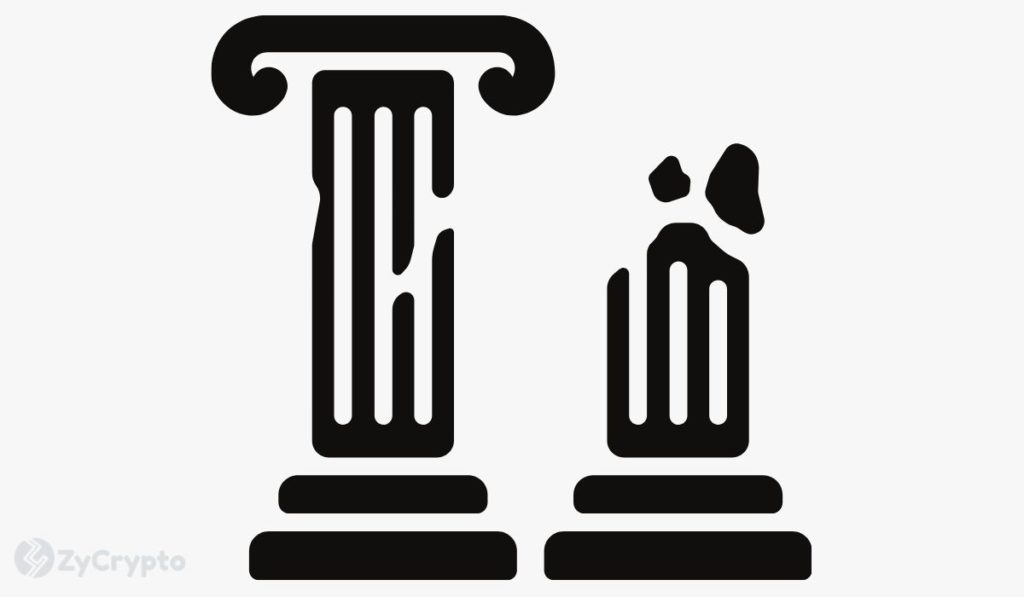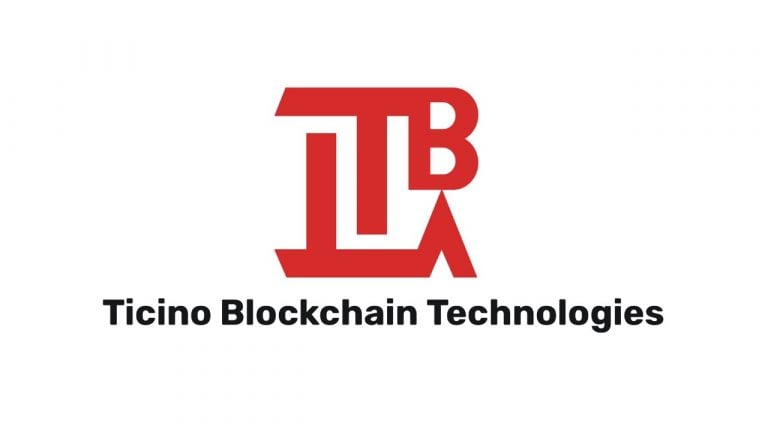
2022-4-2 19:30 |
It is possible to build on the Bitcoin blockchain using layer two technologies while leveraging the security and censorship-resistance it provides.
For years, Ethereum has been the darling of the developer community. As decentralized applications (DApps) and non-fungible tokens (NFTs) exploded on the Ethereum network, Bitcoin struggled to match its popularity for this purpose.
It’s easy to see why developers preferred Ethereum to Bitcoin for building solutions. The network’s higher throughput and Turing completeness meant that complex applications could be built and executed seamlessly.
However, as Bob Dylan put it, “The times they are a-changin.”
Thanks to massive advances in technology, building on Bitcoin has become easier than ever and developers can enjoy all the benefits of the Bitcoin network: censorship-resistance, access to liquidity and enormous network effects.
We’ll look into the basics of building on the Bitcoin blockchain and explore some of the best examples of Bitcoin-based applications.
What Are The Challenges Of Building On Bitcoin?Compared to new-generation blockchain platforms like Cardano, Ethereum or Solana, Bitcoin was never intended to host applications on its base layer. Satoshi Nakamoto, Bitcoin’s creator, simply envisioned it as a censorship-resistant, peer-to-peer method of settling payments.
Bitcoin’s core architecture is as simple as it gets, which makes building anything on it difficult, at least until now. For instance, Bitcoin uses a Turing incomplete system, which is different from Turing complete systems found in most blockchains today.
Without getting overly technical, Turing completeness is a concept that denotes a machine’s ability to solve complex computations. According to Alan Turing, who propounded the theory, a Turing complete machine is one that can handle any task, irrespective of the complexity — provided it has time, memory and correct instructions.
Bitcoin was deliberately scripted with Turing incomplete language. Why? Because it keeps Bitcoin’s functionality simple. Besides, increased complexity introduces more vulnerabilities and problems, as any programmer knows.
Ethereum uses a Turing-complete scripting language, meaning it can be adapted to different uses. That’s why developers have been able to program the Ethereum blockchain to serve different purposes, such as running smart contracts.
Another problem with Bitcoin development is the low throughput of the base layer. While the proof-of-work (PoW) consensus mechanism Bitcoin uses guarantees security, decentralization and immutability, it reduces the number of transactions that can happen on the blockchain.
Currently, Bitcoin processes around five to seven transactions per second, partly due to limits on its block size. This is low compared to the thousands which centralized payment systems like VisaNet can process in the same timeframe.
These constraints have collectively made Bitcoin development difficult, such that many developers forego the blockchain for newer platforms. However, these platforms cannot match Bitcoin’s security, decentralization and acceptance — creating even more problems for projects built on any other blockchain.
One solution would be to create a system that benefits from Bitcoin’s qualities, but extends the functionality of the base layer. This has been a preoccupation for many in the Bitcoin community for years, and now the efforts are starting to bear fruit.
Can You Build On The Bitcoin Blockchain?The short answer is, “Yes, you can build on top of Bitcoin.” The longer answer is what we’re about to discuss in the next section of this article.
Unless a radical change happens, Bitcoin’s base layer won’t change to allow for the development of complex applications. Given the Bitcoin community’s cautious approach to upgrades, we can expect this to be the case for a while.
Rather, building on the Bitcoin blockchain is possible by employing scaling solutions that aim to improve the system’s scalability and functionality. Also called Layer 2 technologies, scaling solutions abstract some tasks away from the base layer, but depend on it for security and immutability.
Let’s look at some of the Layer 2 solutions for building on the Bitcoin blockchain.
Lightning NetworkLightning Network is the most popular solution for scaling Bitcoin-based applications. The core idea behind Lightning Network’s design is that small transactions don’t need to be recorded on the blockchain.
Lightning allows individuals to conduct transactions off-chain, boosting system throughput. However, the final state of these transactions are recorded on the blockchain to ensure security and immutability.
Here’s a simple and popular explanation for how the Lightning Network functions:
Imagine you have to buy coffee from Joe’s shop downtown. You want to pay with bitcoin, but network fees and long confirmation times make it impractical.
With the Lightning Network, you can open a “channel” between you and Joe to process the payment. The payment channel connects your wallet address with Joe’s, so you can pay for your coffee. Since this transaction happens off the main Bitcoin blockchain, payments are seamless and cheaper.
When the transaction ends, both parties can agree to close the channel and have the final state recorded on the blockchain. Once this happens, all the funds in the channel are automatically transferred to Joe — think of a payment channel as a smart contract.
Recording final transaction states on the main blockchain guarantees security. Besides, multiple transactions are bundled together for confirmation, reducing the number of unconfirmed transactions clogging up the network.
The Lightning Network has many use cases, especially in building applications. Examples of apps built with Lightning Network include micropayment platforms like Tipping.me, a browser extension that allows users to tip others on Twitter.
Another popular application built with Lightning Network is LightNite, a multiplayer battle-royale game similar to Fortnite. LightNite is, however, a play-to-earn game that rewards players with bitcoin based on their performance.
Other Bitcoin-based applications running on the Lightning Network include Strike, Sphinx, Bitrefill, and LN.Pizza.
RootstockRootstock (RSK) is a Layer 2 solution for building smart contracts that can run on Bitcoin. The RSK blockchain connects to the Bitcoin blockchain via a two-way peg. Those familiar with sidechains will understand how Rootstock manages to interact with Bitcoin.
The Rootstock Virtual Machine (RVM) is similar to the Ethereum Virtual Machine, which facilitates the execution of smart contracts. Crucially, Rootstock’s VM is Turing complete, so developers can program complex logic into applications like they can with Ethereum.
Rootstock can tap into Bitcoin’s security because of merge mining. It can also promote faster transactions through off-chain solutions. According to estimates, the Rootstock blockchain may be able to handle up to 100 transactions per second, which is way higher than Bitcoin’s current throughput.
StacksStacks differs from the other solutions on this list, as it’s not a Layer 2 scaling solution. Rather, it is a Layer 1 blockchain connected to Bitcoin by its consensus mechanism, called proof-of-transfer (PoX).
Stacks relies on Bitcoin’s secure, open and permissionless structure, but adds never-before-seen capabilities like NFTs, decentralized finance (DeFi) and smart contracts.
With Stacks, you can build on Bitcoin without changing the base layer. All transactions conducted on Stacks or Stacks-based applications are settled on the Bitcoin blockchain, boosting Stack’s security. Stacks applications can interact with the Bitcoin blockchain, so users can transact using bitcoin.
Stacks is useful for building NFT marketplaces, DeFi apps, wallets, and social networks. You can see this list for all Bitcoin-based applications built with Stacks. If you want an in-depth description of Stacks, read this article from the Stacks Foundation.
The Benefits Of Building On BitcoinIf you’ve read the article up until this point, then you may be asking: “Why should I build on Bitcoin?”
It turns out that you do have many reasons to consider running apps on the Bitcoin blockchain.
First, you should consider the network effects of Bitcoin. In economics, the term “network effects” refers to a situation whereby a product acquires higher value as its user base grows.
This article does a good job of explaining the mechanics of Bitcoin’s network effects and the implications for its market dominance. However, here’s a TL;DR version if you’re too busy to read:
Bitcoin is the most popular blockchain and has the highest market capitalization of any cryptocurrency on the market. With Bitcoin adoption expected to keep growing at an exponential rate, it makes financial sense to build services for Bitcoin users.
Most holders have chosen to convert their bitcoin to other cryptocurrencies to interact with smart contracts and DApps on other platforms. Developers can easily tap into this enormous market by making it possible to use DApps, NFTs, DeFi marketplaces and smart contracts on the Bitcoin blockchain.
Another critical reason to run DApps on Bitcoin is the security it affords users. Though considered clunky and computing-intensive, Bitcoin’s proof-of-work consensus mechanism is undoubtedly the hardest to breach.
To take over the Bitcoin blockchain, hackers would need to control 51% of all nodes in the network. While this isn’t outright impossible, the exploit would require an enormous amount of resources and time to succeed. And there aren’t that many hackers out there ready to make that kind of investment, so we can rule out the possibility of a Bitcoin hack.
Summing UpAlthough Bitcoin isn’t traditionally suited to running complex applications, newer solutions make it easy for developers to run DApps on the platform. These applications can take advantage of Bitcoin’s impressive security and network effects. With such innovations, Bitcoin can give Ethereum’s applications a run for the money and extend its long-term viability.
origin »Bitcoin (BTC) íà Currencies.ru
|
|














